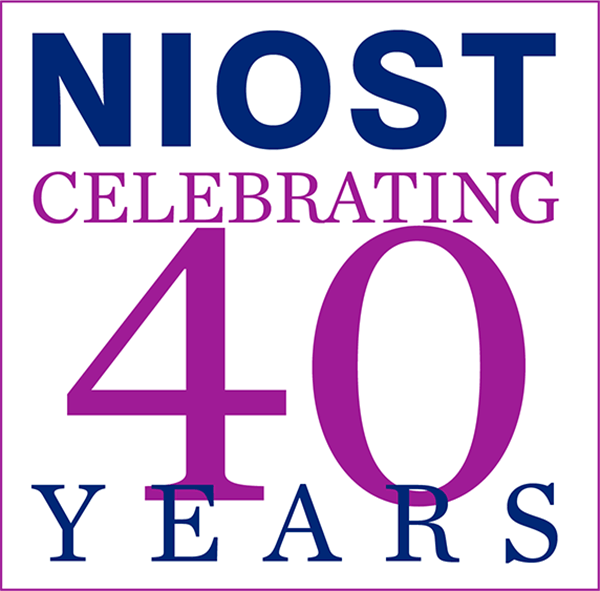Quality Summer Learning in Action: It All Adds Up
August 24, 2018
 By Judy Chin, NIOST Project Assistant
By Judy Chin, NIOST Project Assistant
It is 8:30am on a Wednesday morning, an hour into this pre-calculus summer preparatory class. There is a buzz and excitement going on inside this particular classroom that can be heard from the other side of the door. Not the behavior I was expecting from rising 11th and 12th graders this early on a summer morning in late July as I visit this program as part of their continuous quality improvement process.
As I enter, the teacher is encouraging the students to gather at the chalkboard for their gallery walk, an activity where they display and explain their work for others. Taped along the chalkboard are laminated word problem cards. Underneath are trigonometry diagrams, equations, and graphs. The students worked in pairs to select a problem card, determine their approach to the problem, and solve the problem. Now they will present to the class. I sneak a peek at a card that wasn’t selected and sits on a table nearby. The word problem outlines a real-life example and asks to solve for a variable.
The gallery walk starts at the left side of the chalkboard, and the teacher asks the team that worked on the leftmost problem to come to the front of the room. Some students talk about growth rate of cells, others talk about sunlight exposure. The teacher follows each presentation with questions about whether the numbers make sense in terms of their problem, why they chose the approach they selected, and about the relationship between the numbers.
In the 25 minutes I spent in this classroom, I was impressed by how the activity engaged youth in learning, stimulated thinking, and provided opportunities to collaborate and practice communication skills.
These activities exemplify many of the best practices measured by research-based quality practices that we know work and are measured by field-tested tools (the APT Observation Tool, for example).
Some of the best practices in this classroom were:
- The activity was challenging – youth were required to apply skills and solve problems. Each word problem needed to be translated to an equation that was solved and then explained to classmates.
- The activity offered an opportunity to collaborate – youth were required to work toward a common goal and make joint decisions. In pairs, youth selected a problem that interested them, determined the approach, then solved the equation.
- Staff asked open-ended questions – the teacher asked a series of questions to extend youths’ thinking. By asking questions that start with why, asking youth to explain their thought process, and asking how the relationship between the numbers worked, this teacher not only sustain students’ interest and extended their thinking, but gathered feedback on youths’ understanding of the concepts.
By employing these best-practices for quality programing, which help youth be successful in school, work and life, this teacher turned a pre-calculus class into an interactive learning experience that felt unlike the more static and sedentary math lectures I remember from my own high school days.



